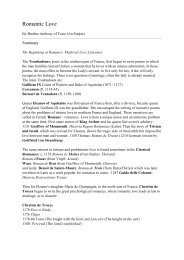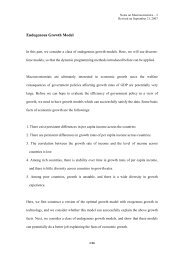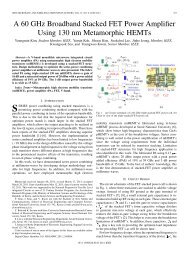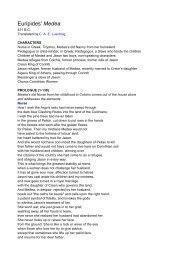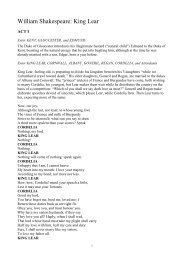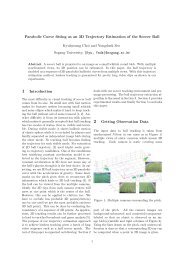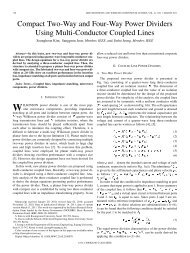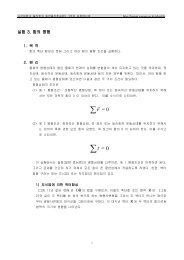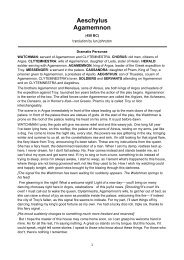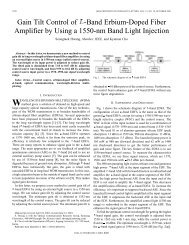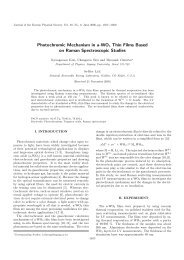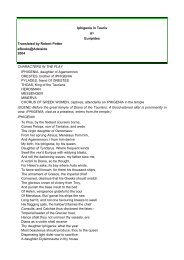THE KOREA REVIEW Volume 1, 1901 Homer B. Hulbert A.M. ...
THE KOREA REVIEW Volume 1, 1901 Homer B. Hulbert A.M. ...
THE KOREA REVIEW Volume 1, 1901 Homer B. Hulbert A.M. ...
You also want an ePaper? Increase the reach of your titles
YUMPU automatically turns print PDFs into web optimized ePapers that Google loves.
Son-su to see what was the matter, Ger. Sun-chi accused his colleague of treason and had him sent<br />
back to China, where he lost his head. The siege, continued by Gen. Sun-ch’i, dragged on till the<br />
following summer and it would have continued longer had not traitor within the town assassinated the<br />
king and fled to the Chinese camp. Still the people refused to make terms until another traitor opened<br />
the gates to the enemy. Gen. Sun-ch’i’s first act was to compel Prince Chang, the heir apparent, to do<br />
obeisance. But the people had their revenge upon the [page 78] traitor who opened the gate for they<br />
fell upon him and tore him to pieces before he could make good his escape to the Chinese camp.<br />
Upon the downfall of Wi-man’s kingdom, the country was divided by the Chinese into four<br />
provinces called respectively Nang-nang, Im-dun, Hyun-do and Chin-bun. The first of these, Nangnang,<br />
is supposed to have covered that portion of Korea now included in the three provinces of<br />
P’yung-an, Whang-ha and Kyung-geui. Im-dun, so far as we can learn, was located about as the<br />
present province of Kang-wun, but it may have exceeded these limits. Hyun-do was about<br />
coterminous with the present province of Ham-gyung in the northeast. Chin-bun lay beyond the Yalu<br />
River but its limits can hardly be guessed at. It may have stretched to the Liao River or beyond. It is<br />
exceedingly doubtful whether the conquerors themselves had any definite idea of the shape or extent<br />
of these four provinces. Twenty-five years later, in the fifth year of Emperor Chao-ti 81 B. C. a change<br />
in administration was made. Chin-bun and Hyun-do were united to form a new province called<br />
Pyung-ju, while Im-dun and Nang-nang were thrown together to form Tong-bu. In this form the<br />
country remained until the founding of Ko-gu-ryu in the twelfth year of Emperor Yuan-ti, 36 B. C.<br />
It is here a fitting place to pause and ask what was the nature of these wild tribes that hung<br />
upon the flanks of civilization and, like the North American Indians, were friendly one day and on the<br />
war-path the next. Very little can be gleaned from purely Korean sources, but a Chinese work entitled<br />
the Mun-hon T’ong-go deals with them in some detail, and while there is much that is quite fantastic<br />
and absurd the main points tally so well with the little that Korean records say, that in their essential<br />
features they are probably as nearly correct as anything we are likely to find in regard to these<br />
aborigines (shall we say) of north-eastern Asia.<br />
Chapter IV.<br />
The wild tribes .... the “Nine Tribes” apocryphal .... Ye-mak .... position .... history ....<br />
customs .... Ye and Mak perhaps two .... Ok-ju [page 79] .... position .... history .... customs .... North<br />
Ok-jo .... Eum-nu .... position .... customs .... the western tribes .... the Mal-gal group .... position ....<br />
customs .... other border tribes.<br />
As we have already seen, tradition gives us nine original wild tribes in the north, named<br />
respectively the Kyun, Pang, Whang, Pak, Chuk, Hyun, P’ung, Yang, and U. These we are told<br />
occupied the peninsula in the very earliest times. But little credence can be placed in this enumeration,<br />
for when it comes to the narration of events we find that these tribes are largely ignored and numerous<br />
other names are introduced. The tradition is that they lived in Yang-gok, “The Place of the Rising<br />
Sun.” In the days of Emperor T’ai-k’an of the Hsia dynasty, 2188 B. C. the wild tribes of the east<br />
revolted. In the days of Emperor Wu-wang, 1122 B. C. it is Said that representatives from several of<br />
the wild tribes came to China bringing rude musical instruments and performing their queer dances.<br />
The Whe-i was another of the tribes, for we are told that the brothers of Emperor Wu-wang fled<br />
thither but were pursued and killed. Another tribe, the So-i, proclaimed their independence of China<br />
but were utterly destroyed by this same monarch.<br />
It is probable that all these tribes occupied the territory north of the Yalu River and the Everwhite<br />
Mountains. Certain it is that these names never occur in the pagesof Korean history proper.<br />
Doubtless there was more or less intermixture and it is more than possible that their blood runs in the<br />
veins of Koreans today, but of this we cannot be certain.<br />
We must call attention to one more purely Chinese notice of early Korea because it contains<br />
perhaps the earliest mention of the word Cho-sun. It is said that in. Cho-sun three rivers, the Chun-su,<br />
Yul-su, and San-su, unite to form the Yul-su, which flows by (or through) Nang-nang. This<br />
corresponds somewhat with the description of the Yalu River.<br />
We now come to the wild tribes actually resident in the peninsula and whose existence can<br />
hardly be questioned, whatever may be said about the details here given.




